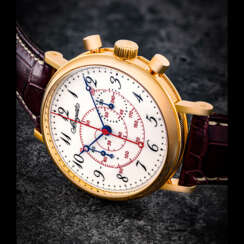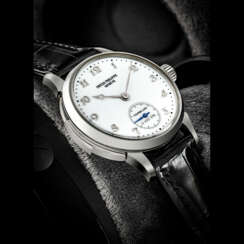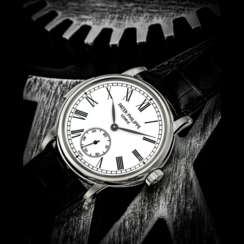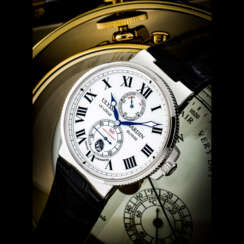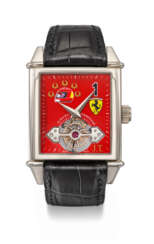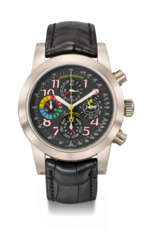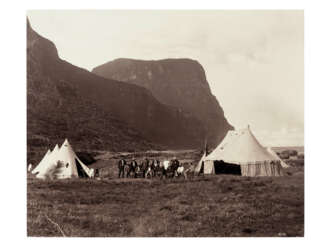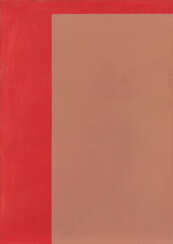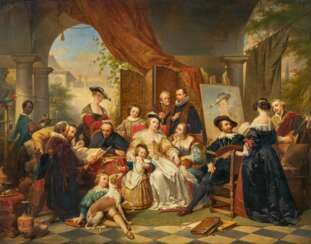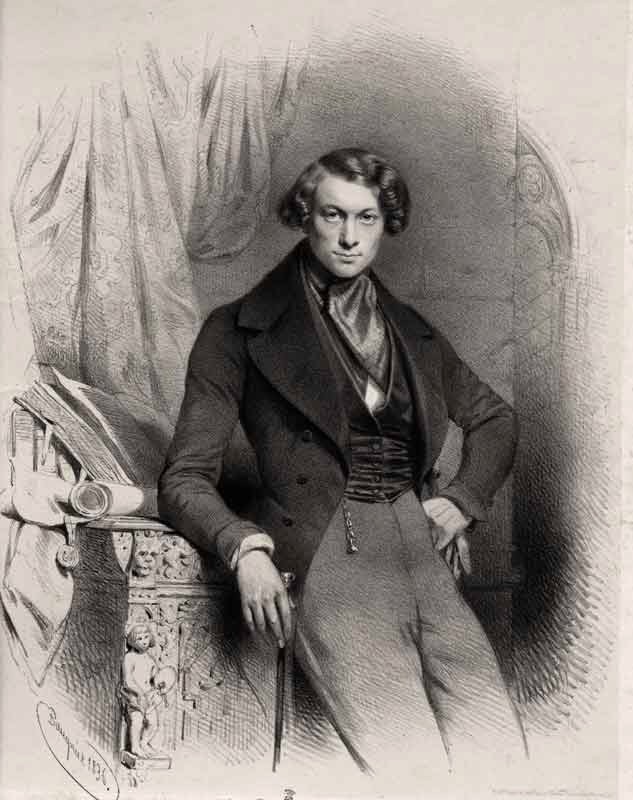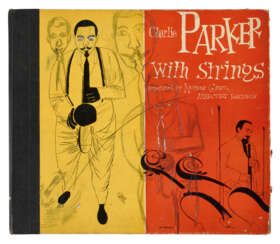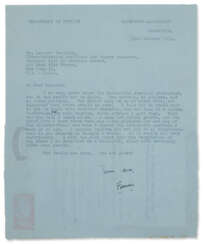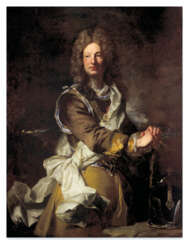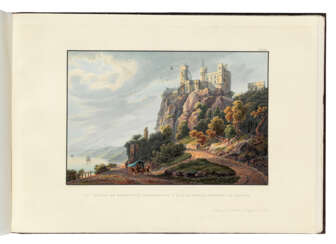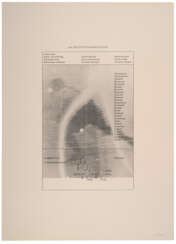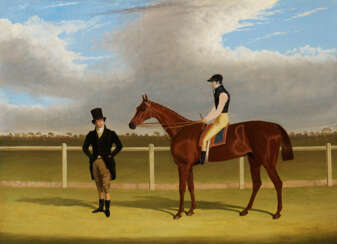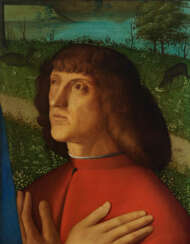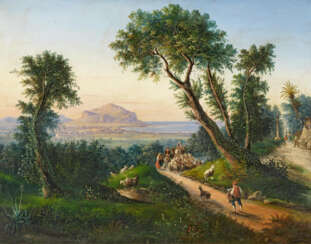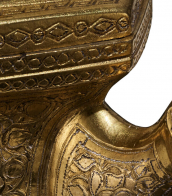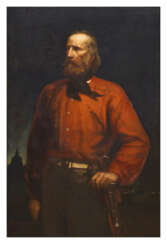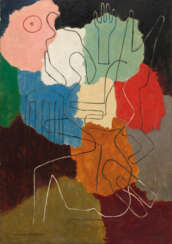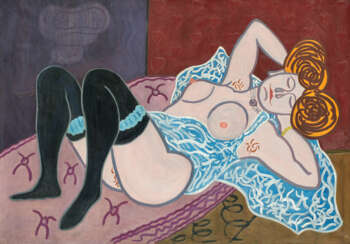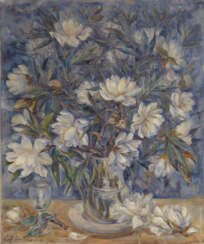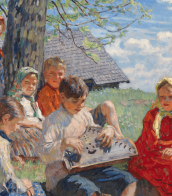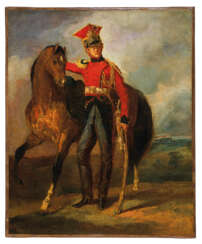picture with key





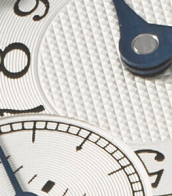



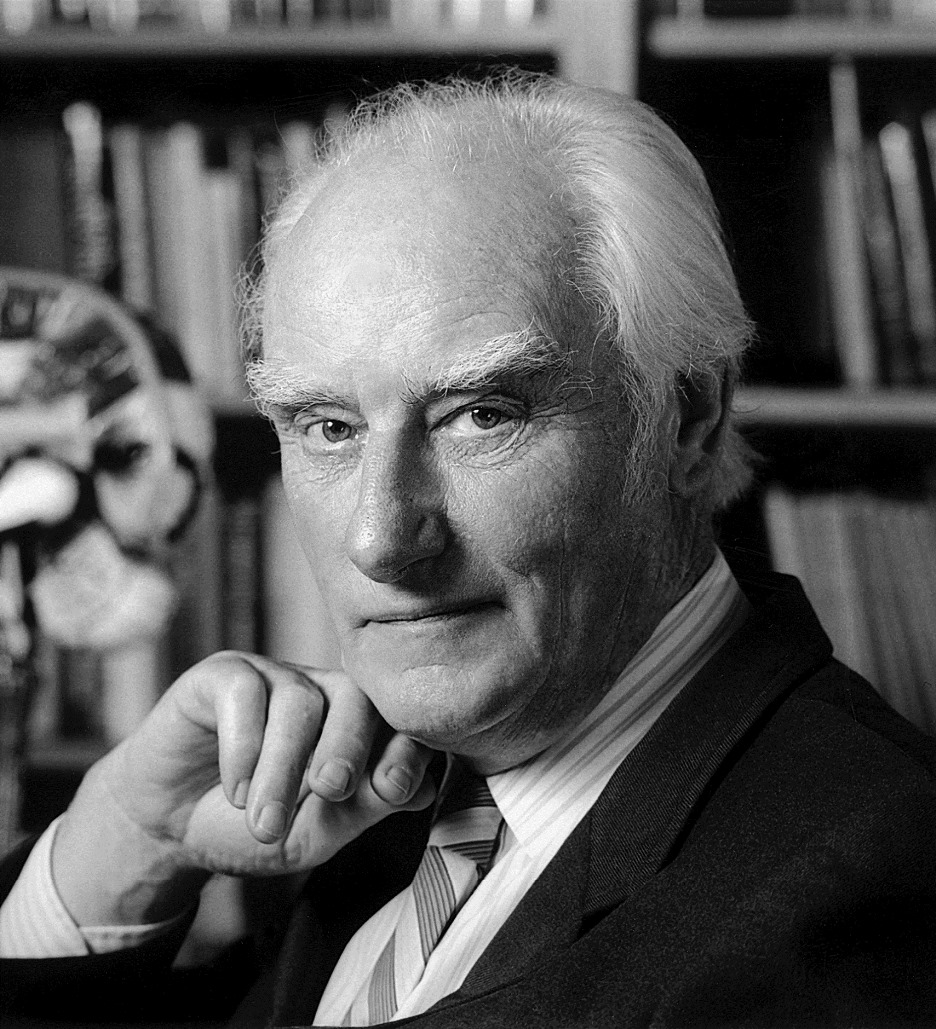
Francis Harry Compton Crick was a British molecular biologist, biophysicist and neuroscientist. He won the Nobel Prize in Physiology and Medicine in 1962.
During World War II he had to work on developments for the military, and in 1947 he turned to biology at the Strangeways Research Laboratory, University of Cambridge. In 1949 he moved to the University Medical Research Council at Cavendish Laboratories. Using X-ray diffraction studies of DNA by biophysicist Maurice Wilkins (1916-2004) and X-ray diffraction images taken by Rosalind Franklin, biophysicist James Watson and Crick were able to construct a molecular model consistent with the known physical and chemical properties of DNA.
This achievement became a cornerstone of genetics and was regarded as one of the most important discoveries of 20th century biology. In 1962, Francis Crick, along with James Watson and Maurice Wilkins, won the Nobel Prize in Physiology or Medicine for determining the molecular structure of deoxyribonucleic acid (DNA), the chemical ultimately responsible for the hereditary control of life functions.
From 1977 until the end of his life, Crick served as professor emeritus at the Salk Institute for Biological Studies in San Diego, California, where he conducted research on the neurological basis of consciousness. He also wrote several books. In 1991, Francis Crick received the Order of Merit.

.jpg)
Jacint Rigau-Ros i Serra, known in French as Hyacinthe Rigaud, was a Catalan-French baroque painter most famous for his portraits of Louis XIV and other members of the French nobility.


Jörg Immendorff was a German painter and sculptor, stage designer and decorator, and a member of the New Wild movement.
Immendorff painted in cycles that often lasted for years and were political in nature. His series of sixteen large paintings, Café Deutschland (1977-1984), is well known. In these colorful paintings, numerous disco lovers symbolize the conflict between East and West Germany.
Immendorff prepared several stage productions and designed sets for the operas Elektra and The Rider's Voyage. 25 of Immendorf's paintings were selected in 2006 for the illustrated Bible.


Sigmar Polke was a German painter and photographer.
Polke experimented with a wide range of styles, subject matters and materials. In the 1970s, he concentrated on photography, returning to paint in the 1980s, when he produced abstract works created by chance through chemical reactions between paint and other products. In the last 20 years of his life, he produced paintings focused on historical events and perceptions of them.
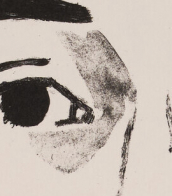
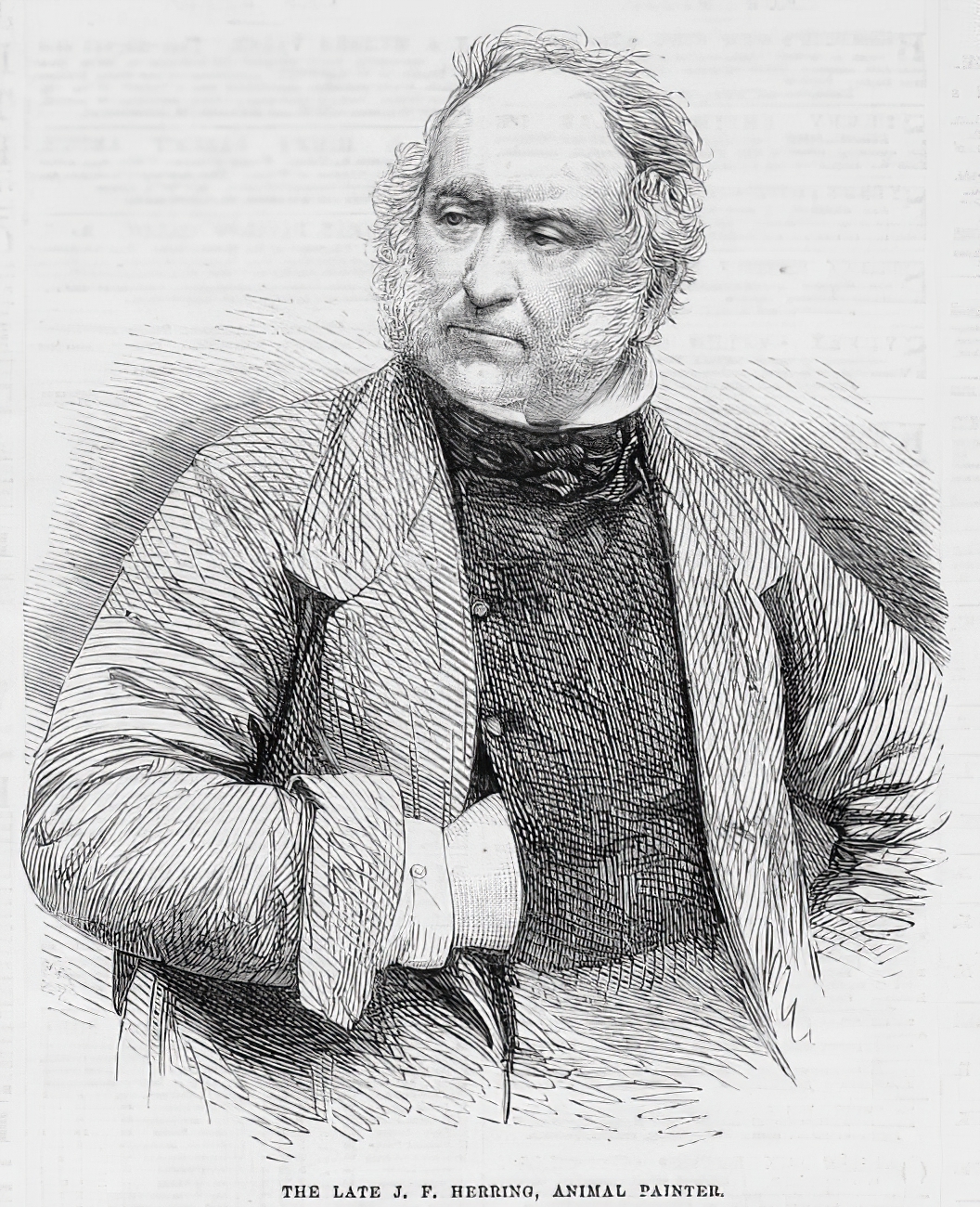
John Frederick Herring the Elder was a British painter of Victorian England.
John had a passion for horses and painting from a young age. In his spare time from his day job as a sign painter and coachman, Herring painted horses for innkeepers and customers. Developing his talent, John specialized in drawing animals and loved to depict sporting events with horses. His impressive and vivid depictions of racehorses, cows and ducks as well as picturesque hunting scenes caught the eye of Queen Victoria. In 1845 Herring was appointed animal painter to Her Royal Highness the Duchess of Kent, followed by a commission from the reigning Queen Victoria, who remained a patron for the rest of his life.
A highly successful and prolific artist, Herring is considered one of the most important animal painters of mid-19th century Europe. He exhibited at the Royal Academy, the British Institution, and the Society of British Artists, where Herring became vice-president in 1842. Three of his sons also became artists.
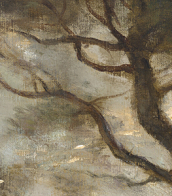
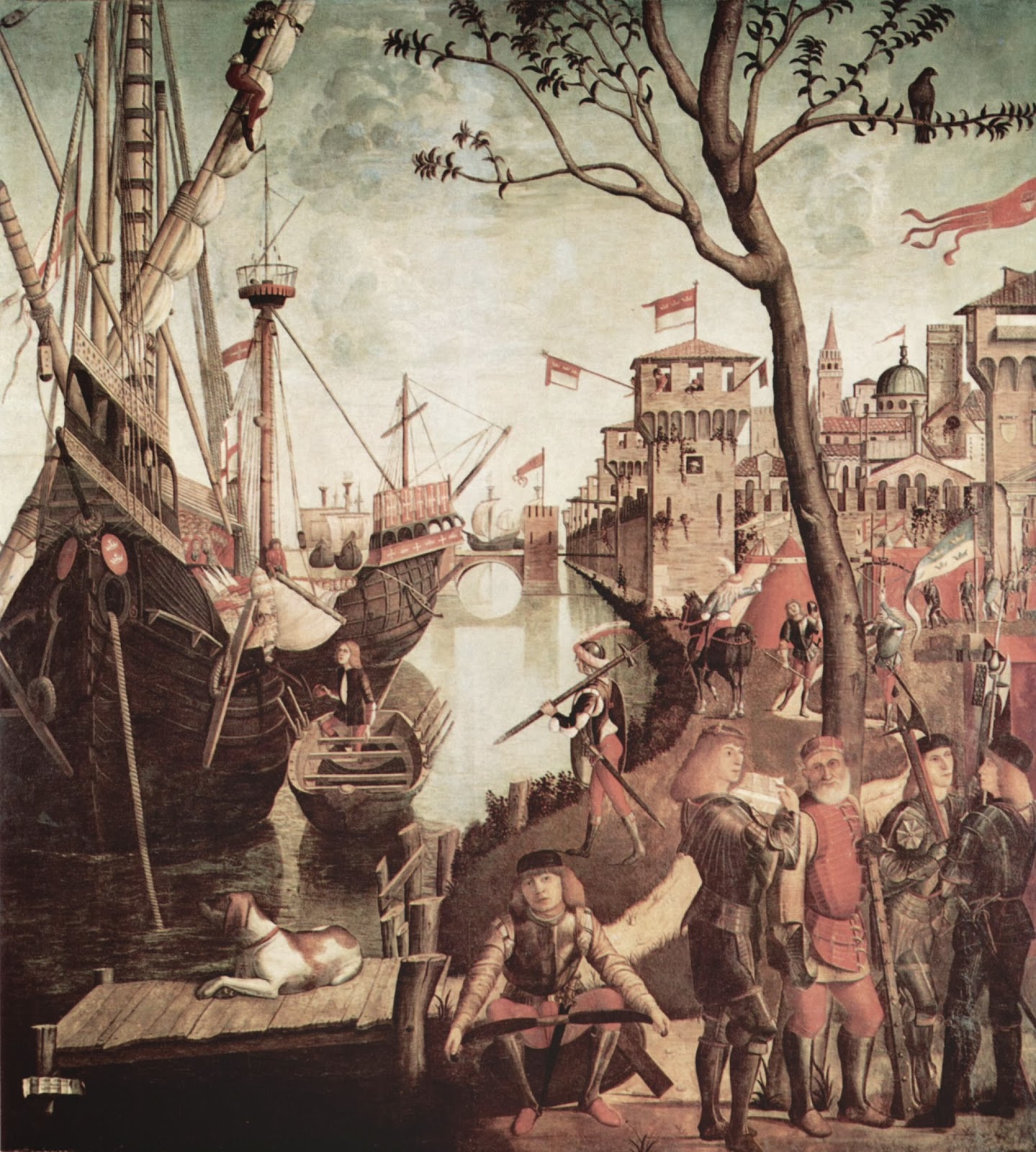
Vittore Carpaccio, an illustrious Italian painter, was a master of narrative storytelling and vivid detail, flourishing in Venice between 1465 and 1526. His specialization in religious and historical scenes set him apart, with a particular knack for infusing life and emotion into every brushstroke. Carpaccio's work exemplifies the Venetian School's richness, noted for its deep colors and intricate details that capture the viewer's imagination.
Carpaccio is renowned for his ability to weave intricate narratives through his paintings, often depicting scenes from the lives of saints with both devotion and a keen eye for daily Venetian life. His works are celebrated for their meticulous attention to architectural and costume details, offering a window into the Renaissance period's social and cultural contexts.
Among his known masterpieces, the cycle of paintings dedicated to the legend of Saint Ursula in the Scuola di San Giorgio degli Schiavoni in Venice stands as a testament to his narrative prowess and technical skill. These works, alongside others housed in prestigious galleries worldwide, underscore Carpaccio's significant contribution to the art world, making him a subject of admiration among collectors and art historians alike.
For those fascinated by the splendor of the Renaissance and the beauty of Venetian artistry, Vittore Carpaccio's oeuvre offers a rich tapestry of historical and religious narratives brought to life through his exceptional talent. His legacy continues to inspire and captivate, embodying the essence of one of the most vibrant periods in art history.
To delve deeper into the world of Vittore Carpaccio and stay informed about upcoming sales, exhibitions, and auction events featuring his work, signing up for updates is your gateway to the exclusive circle of Renaissance art enthusiasts. This subscription is a commitment to keeping you at the forefront of new discoveries and opportunities to enrich your collection with pieces by this Venetian master.

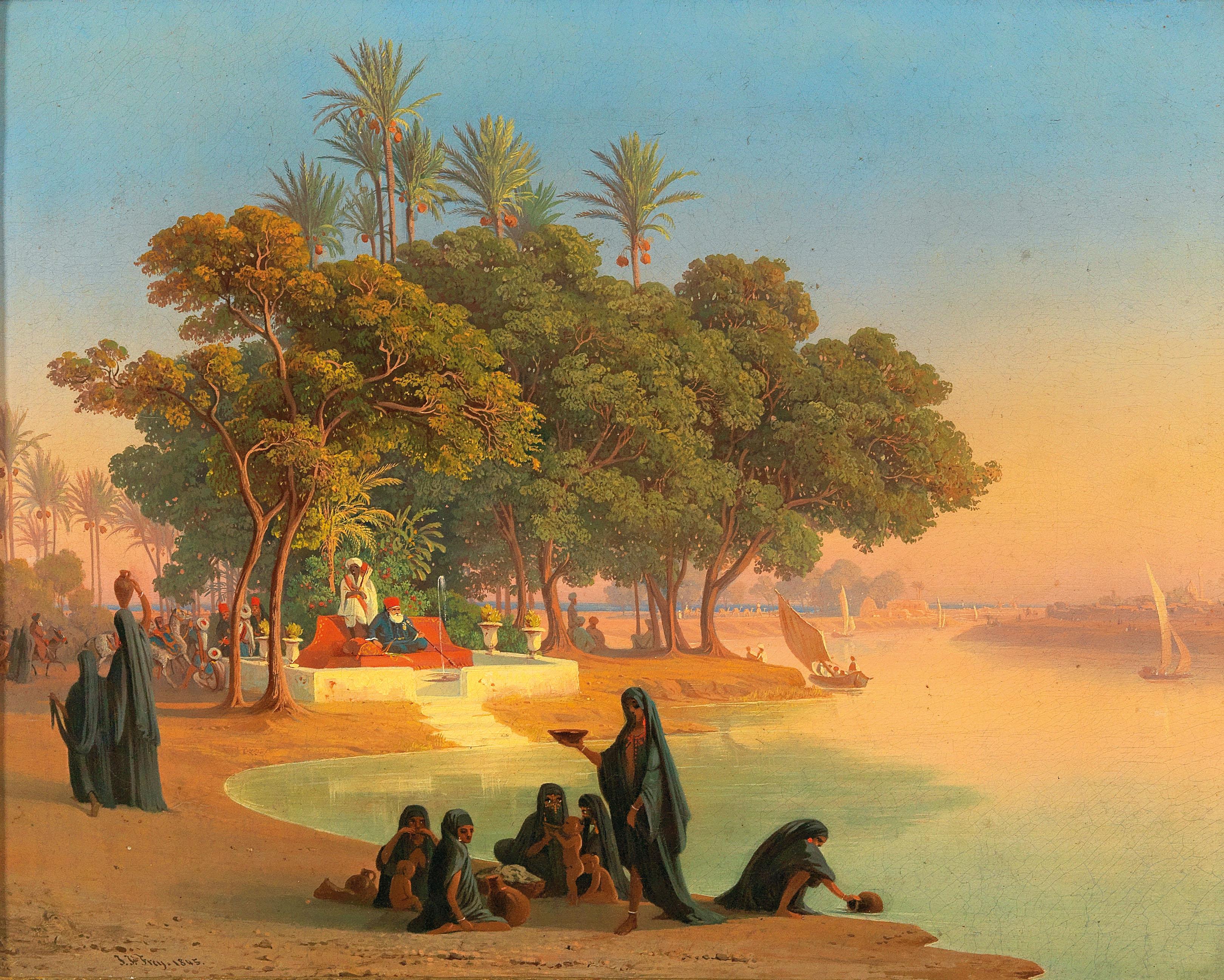
Johann Jakob Frey was a Swiss landscape painter.
Johann Jakob Frey travelled extensively in Italy, especially in and around Rome, making landscape sketches. In his studio he used these sketches to create paintings. He also traveled to Spain and Egypt to sketch for later works.
Frey's pictorial style is based on paintings by Josef Koch or Franz Horny. For example, they often feature a richly detailed foreground, which often shows elements such as winding paths or rivers drawing the viewer's attention away.


Man Ray, born Emmanuel Radnitzky, was an American visual artist who played a significant role in the Dada and Surrealist movements. His pioneering efforts in photography, alongside his work in painting and sculpture, have cemented his place as a major figure in modern art. Known for his innovative techniques and the ability to convey complex ideas through simple, striking visuals, Man Ray's contribution to the art world is profound.
Throughout his career, Man Ray was celebrated for his avant-garde approach and his ability to transcend traditional boundaries between different artistic mediums. His photography, characterized by experimental techniques such as solarization and rayographs (cameraless photographs), challenged conventional perceptions of photography as merely a means of representation. These artistic innovations made him a central figure in both Parisian and American art circles.
Man Ray's works are housed in some of the world's most prestigious museums and galleries, including the Museum of Modern Art in New York and the Centre Pompidou in Paris. His pieces, such as "Le Violon d'Ingres" and "Noire et Blanche," are iconic images that continue to influence artists today. His ability to blend the abstract with the realistic, and the humorous with the serious, has left a lasting legacy in the world of art.
For collectors and experts in art and antiques, the work of Man Ray offers a glimpse into the revolutionary changes that shaped the visual arts in the 20th century. His unique perspective and pioneering techniques continue to inspire and challenge those interested in the boundaries of creativity and expression.
If you're passionate about the avant-garde, or simply wish to explore the fascinating world of Man Ray further, sign up for our updates. You'll receive alerts on new product sales and auction events related to Man Ray, ensuring you never miss an opportunity to engage with the legacy of this extraordinary artist.

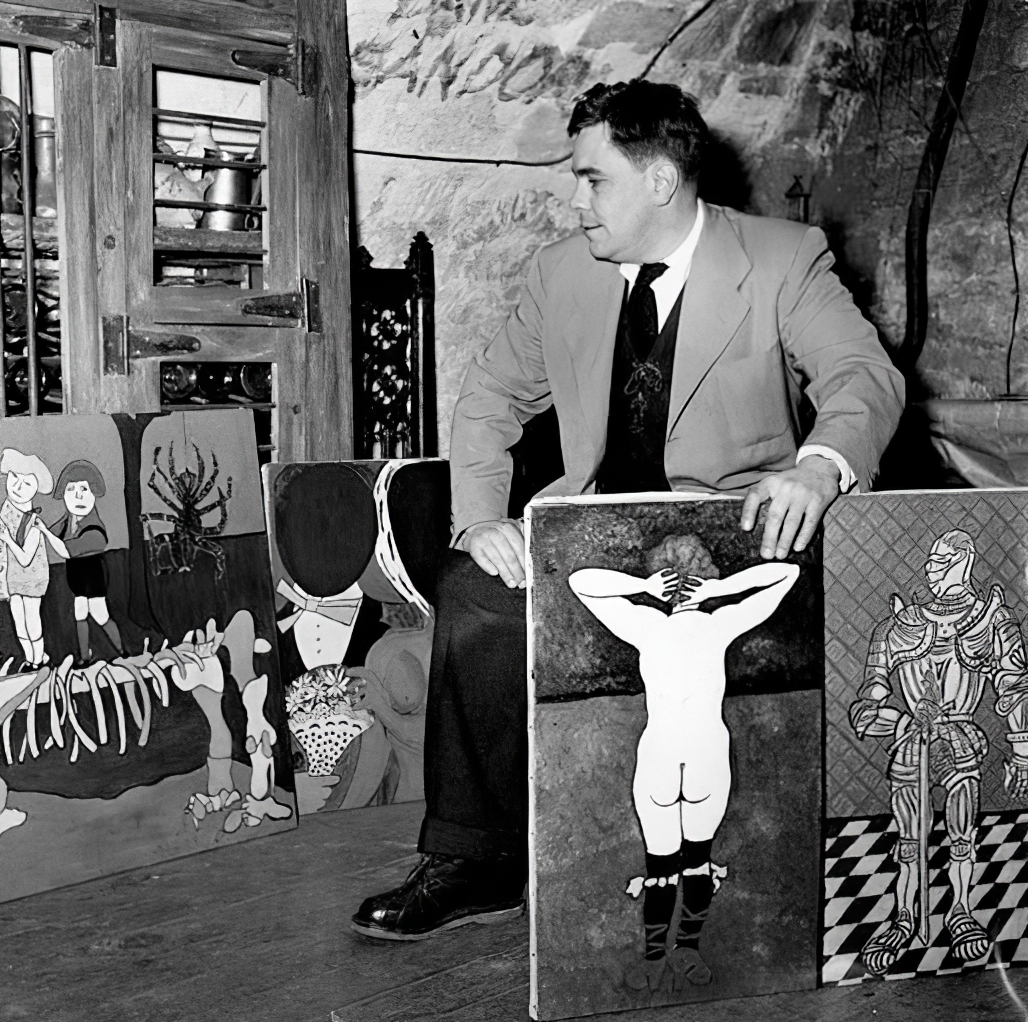
William Nelson Copley was an American painter, writer, gallerist, collector, patron, publisher and art entrepreneur. His works as an artist have been classified as late Surrealist and precursory to Pop Art.

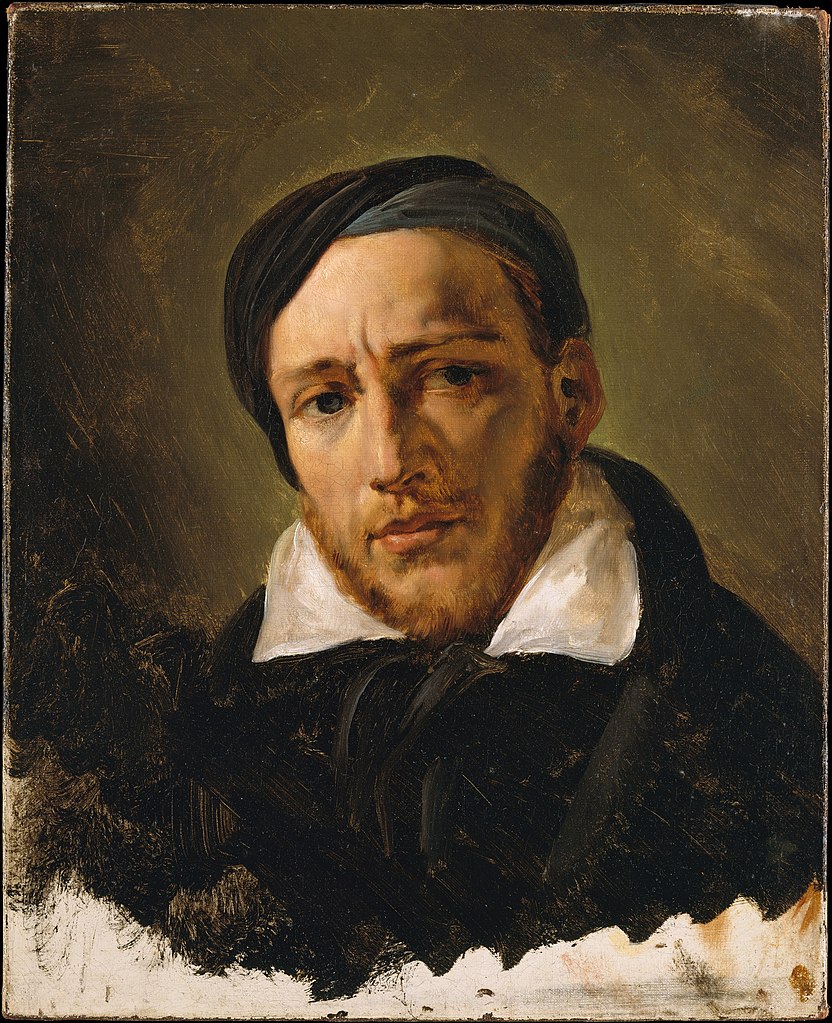
Jean-Louis André Théodore Géricault was a French painter and lithographer, celebrated for his pivotal role in the Romantic movement. Born in Rouen, France, in 1791, and educated among the elite in Paris, Géricault developed a profound connection with art from a young age, influenced by his training under notable figures like Carle Vernet and Pierre-Narcisse Guérin. This foundation set him on a path that diverged significantly from the classical traditions of his time.
Géricault's artistry is best known for its vibrant energy and emotional intensity, characteristics that marked a departure from the Neoclassical style predominant in the early 19th century. His most famous work, "The Raft of the Medusa" (1818–19), is a monumental canvas that dramatizes the tragic aftermath of the French shipwreck, Méduse, capturing the public and critical imagination for its raw portrayal of human despair and resilience. This painting not only criticized the French government but also showcased Géricault's masterful handling of drama, becoming an iconic symbol of Romanticism.
Throughout his career, Géricault remained deeply engaged with contemporary issues and the human condition, exploring themes of mental illness, social injustice, and the raw power of nature versus human vulnerability. His series of portraits depicting patients with mental illnesses, created towards the end of his life, highlighted his empathy and innovative approach to capturing human emotion and psychological depth.
Géricault's fascination with the dynamic forms and emotional potential of horses also led to some of the most stirring equestrian art of his time, reflecting his personal passion for horseback riding and his exceptional understanding of equine anatomy. This interest is evident in works like "A Horse Frightened by Lightning", showcasing his ability to capture motion and emotion in both human and animal forms.
Despite his premature death at the age of 32, Géricault's legacy endures, with his works residing in prestigious institutions like the Louvre in Paris. His artistic vision and dedication to portraying the realities and turbulences of his era have cemented his status as a pioneer of Romanticism, influencing subsequent generations of artists, including his contemporary and friend, Eugène Delacroix.
For collectors and experts in art and antiques, Géricault's oeuvre offers a profound insight into the Romantic spirit, embodying the tumult, passion, and innovation of an era on the cusp of modernity. His works continue to inspire and captivate audiences, reminding us of the power of art to provoke thought and evoke deep emotional responses.
To stay updated on exhibitions and auction events featuring Géricault's works, sign up for updates. This subscription will keep you informed on new discoveries and sales related to this influential artist, ensuring you never miss an opportunity to engage with the legacy of Jean-Louis André Théodore Géricault.

